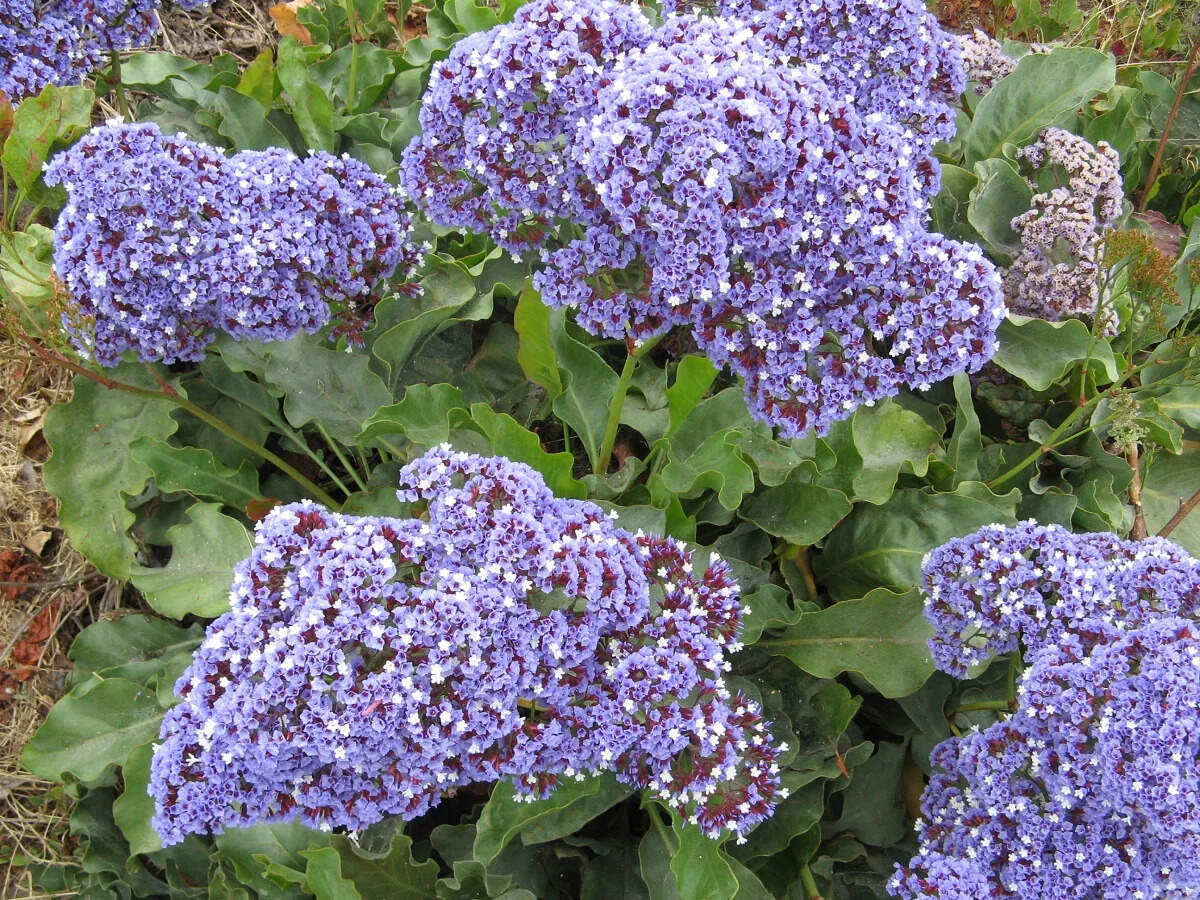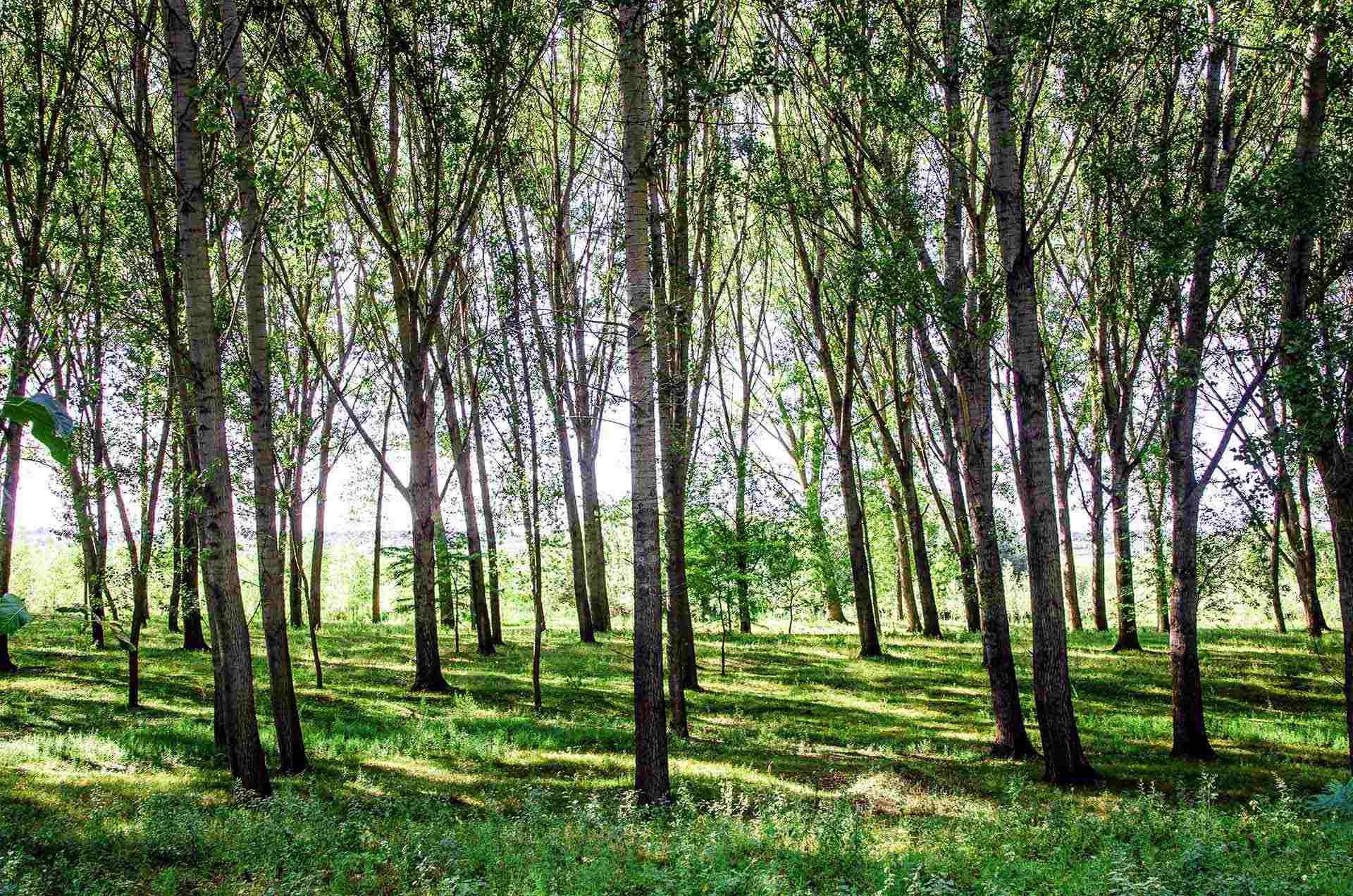
Sea lavender, also known as Limonium, is a captivating plant that thrives in coastal regions around the world. With its delicate purple flowers and long, slender stems, sea lavender adds a touch of elegance to any landscape. But there’s more to this beautiful plant than meets the eye. From its fascinating adaptations to its medicinal properties, sea lavender has captured the attention of botanists and nature enthusiasts alike. In this article, we will delve into the world of sea lavender and uncover nine fascinating facts about this remarkable plant. So, grab a cup of tea, sit back, and prepare to be amazed by the wonders of sea lavender!
Key Takeaways:
- Sea Lavender, despite its name, is not actually a type of lavender. It’s a coastal plant with vibrant purple blooms that attract butterflies and has medicinal properties.
- Sea Lavender, also known as Statice or Marsh Rosemary, is easy to grow and is often used in dried flower arrangements and as a symbol of remembrance.
Sea Lavender is not actually lavender.
Contrary to its name, Sea Lavender (Limonium spp.) is not a true lavender plant. It belongs to the Plumbaginaceae family and is often mistaken for lavender due to its vibrant purple color.
Sea Lavender is a coastal plant.
Sea Lavender is commonly found along coastal areas, particularly in salt marshes, dunes, and sandy beaches. Its ability to tolerate high levels of salt make it well-adapted to these challenging environments.
Sea Lavender has various common names.
Sea Lavender is known by several other names, including Statice, Marsh Rosemary, and Sea Pink. These names reflect its appearance and habitat preferences.
Sea Lavender blooms in summer.
The vibrant blooms of Sea Lavender typically appear in the summer months. Its clusters of tiny purple flowers create a beautiful contrast against the bright greenery, attracting a variety of pollinators.
Sea Lavender has medicinal properties.
Sea Lavender has been traditionally used in herbal medicine for its diuretic and healing properties. It is believed to have anti-inflammatory and antioxidant effects, aiding in various health conditions.
Sea Lavender is used in dried flower arrangements.
The long-lasting flowers of Sea Lavender make it a popular choice for dried flower arrangements. Its vibrant purple hues add a touch of color and elegance to floral displays and bouquets.
Sea Lavender is a symbol of remembrance.
In some cultures, Sea Lavender is associated with remembrance and is often used in funeral arrangements or symbolic tributes. Its delicate yet resilient nature represents the enduring memory of a loved one.
Sea Lavender attracts butterflies.
The nectar-rich flowers of Sea Lavender attract various species of butterflies, making it a delightful addition to butterfly gardens. Its blooms provide a valuable food source for these graceful insects.
Sea Lavender is easy to grow.
Sea Lavender is a low-maintenance plant and can be easily cultivated in well-drained soil and full sunlight. It is a great addition to coastal gardens and landscaping projects, adding a pop of color and texture.
Sea Lavender’s unique characteristics and versatile uses make it a captivating plant to explore. Whether you’re drawn to its vibrant blooms, its coastal adaptations, or its medicinal properties, Sea Lavender continues to fascinate both nature enthusiasts and gardeners alike. So, next time you come across this magnificent plant, take a moment to appreciate its beauty and the remarkable role it plays in coastal ecosystems.
Conclusion
Sea lavender, also known as Limonium, is a fascinating plant that offers a myriad of benefits and intriguing characteristics. From its ability to thrive in harsh coastal environments to its vibrant and long-lasting blooms, sea lavender is a favorite among gardeners and nature enthusiasts alike.
With its unique appearance and diverse species, sea lavender adds a touch of elegance and visual interest to any garden or floral arrangement. Whether you are looking to create a beach-themed landscape or simply want to enhance the beauty of your indoor space, sea lavender is an excellent choice.
Moreover, sea lavender has many practical uses, such as in herbal remedies, arts and crafts, and even wedding decorations. Its resilient nature and versatility make it a valuable addition to any horticultural collection.
In conclusion, sea lavender is a captivating plant that offers both aesthetic and practical benefits. Its ability to adapt to coastal environments, stunning blooms, and various applications make it an intriguing choice for plant enthusiasts and professionals alike.
FAQs
Q: How often should I water sea lavender?
A: Sea lavender is a drought-tolerant plant, so it requires minimal watering. It is best to allow the soil to dry out between waterings, as overwatering can lead to root rot.
Q: Can sea lavender be grown in containers?
A: Yes, sea lavender can be grown in containers. Ensure that the container has good drainage to prevent waterlogged soil and use well-draining soil mix. Place the container in a sunny location and provide regular watering and occasional fertilization.
Q: How long do sea lavender blooms last?
A: Sea lavender blooms can last anywhere from several weeks to several months, depending on the species. The flowers can be cut and dried for use in floral arrangements, where they retain their vibrant color and delicate beauty.
Q: Are there any specific care requirements for sea lavender?
A: Sea lavender thrives in full sun and well-draining soil. It does well in coastal environments, as it is tolerant of salt spray and strong winds. Regular pruning after blooming can help maintain its shape and encourage new growth.
Q: Can sea lavender attract pollinators?
A: Yes, sea lavender is known to attract a variety of pollinators such as bees, butterflies, and hoverflies. Its vibrant flowers and abundant nectar make it a valuable source of food for these beneficial insects.
Was this page helpful?
Our commitment to delivering trustworthy and engaging content is at the heart of what we do. Each fact on our site is contributed by real users like you, bringing a wealth of diverse insights and information. To ensure the highest standards of accuracy and reliability, our dedicated editors meticulously review each submission. This process guarantees that the facts we share are not only fascinating but also credible. Trust in our commitment to quality and authenticity as you explore and learn with us.


